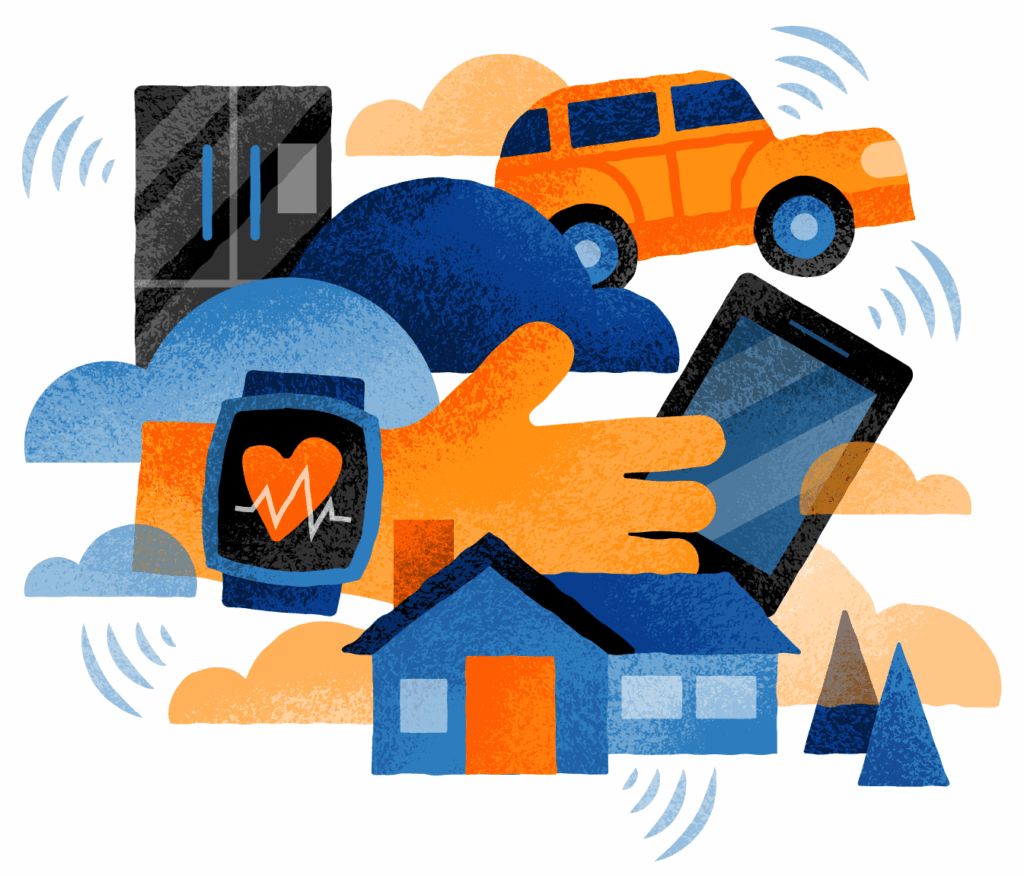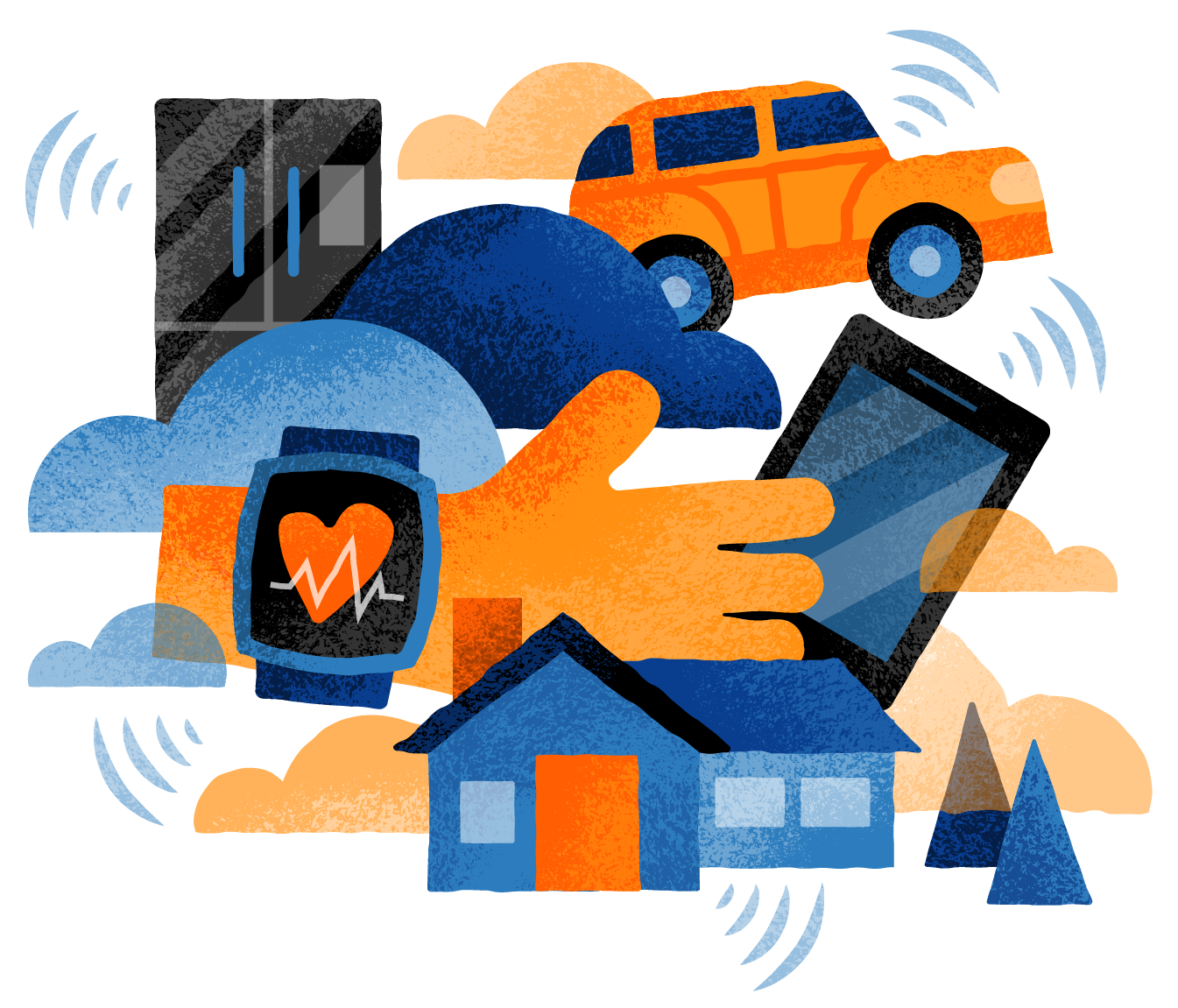
What It Is and Why It Matters
The Internet of Things, or IoT, refers to a system where everyday physical objects are connected to the internet and can collect, send, and receive data. These objects, often embedded with sensors, software, and other technologies, range from household appliances to industrial machines.
The goal of IoT is to make our environment smarter and more responsive. Instead of just using a device, we interact with a system that gathers data, analyzes it, and responds accordingly. For instance, a smart thermostat learns your schedule and adjusts the temperature of your home automatically. It uses real-time data, like outside temperature and your habits, to optimize comfort and energy savings.
In daily life, IoT appears in many forms. Smart refrigerators track food expiry dates. Wearable fitness trackers count steps and monitor heart rates. In cities, IoT supports smart traffic lights that adapt to traffic flow and waste bins that report when they need to be emptied.
In industry, IoT helps businesses monitor machinery in real time to prevent breakdowns. In agriculture, sensors track soil conditions to guide irrigation. Even healthcare is impacted: connected medical devices can monitor a patient’s health remotely, alerting doctors to issues instantly.
With all this connectivity, security becomes essential. IoT devices must be secured to protect personal data and avoid breaches. Despite this challenge, IoT continues to grow rapidly, shaping how we live, work, and interact.

Leave a Reply